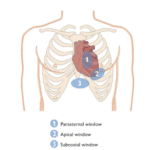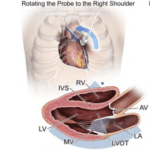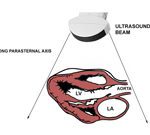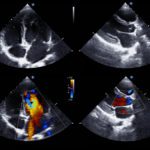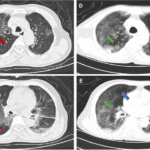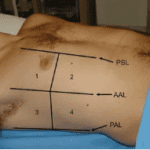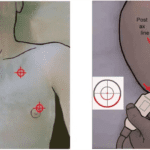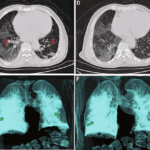By Dr. Ghazala Anwer, MBBS, MCPS, RDMS
Introduction
Pediatric breast ultrasound presents unique challenges due to the distinct physiological and developmental characteristics of young patients. Unlike adults, children and adolescents have denser breast tissue, which can make it more challenging to differentiate between normal and abnormal findings. Additionally, the rarity of breast pathologies in this age group means that radiologists must be particularly vigilant and experienced in recognizing subtle signs of disease.
The emotional aspect also plays a significant role, as parents and young patients often experience heightened anxiety when faced with the possibility of breast abnormality. Effective communication and reassurance are essential to alleviate these concerns and ensure a smooth diagnostic process. Firsthand knowledge of statistics is important to reassure the parents. Before moving further, let me stress the importance of history and relevant clinical information in this group of patients, given the age and communication especial consideration.
Statistics of Breast Pathologies in Pediatric and Adolescent Patients
Breast pathologies in pediatric and adolescent patients are relatively rare, and most of these conditions are benign. Here are some key statistics:
- USA: In the United States, breast cancer in individuals under 20 years old is exceedingly rare, with an incidence rate well below 0.1 per 100,000. Most breast masses in this age group are benign, with fibro adenomas being the most common. The prevalence of breast masses among teenage girls is approximately 3.2%
- Europe: Similar trends are observed in Europe. The overall incidence of fibro adenoma in the adolescent population in Europe is around 2.2% where breast malignancies in children and adolescents are also extremely rare.
Breast differentials to remember in Pediatric ultrasound are better understood if grouped according to age:
Neonates and toddlers
- Hypertrophy due to maternal hormonal influence
- Mastitis or breast abscess
Prepubertal
- Asymmetry
- Thelarche
- Trauma leading to palpable mass
- Infections
- Lipomastia
Key features to remember for a successful diagnostic scan:
- It is important to understand the appearance and the position of the growing breast tissue
- Remember the developmental stages
- Compare the contralateral breast
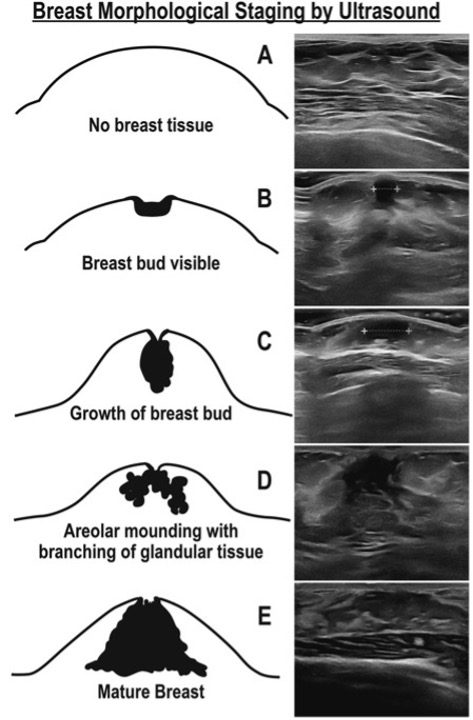
Figure 1. Bruni scale of breast morphological stages during female pubertal development with corresponding breast ultrasound images
Reassuring Parents
When a child or adolescent presents with a breast mass, it can be a source of significant anxiety for both the patient and their parents. Here are some strategies to reassure parents:
- Emphasize the Rarity of Malignancy: Explain that breast cancer is extremely rare in pediatric and adolescent patients. Most breast masses in this age group are benign and related to normal developmental changes.
- Highlight the Safety of Ultrasound: Reassure parents that ultrasound is a safe, non- invasive imaging modality that does not involve radiation exposure.
- Provide Clear Communication: Ensure that parents understand the findings and the next steps. Use simple language to explain the ultrasound results and any recommended follow-up actions.
- Involve Parents in the Process: Encourage parents to ask questions and be involved in the decision-making process.
Importance of Previous Reports on Follow-Up Scans
Previous imaging reports play a crucial role in the follow-up and management of breast pathologies:
- Tracking Changes Over Time: Comparing current ultrasound findings with previous reports helps in identifying any changes in the size, shape, or characteristics of a breast mass.
- Avoiding Unnecessary Interventions: By reviewing past reports, radiologists can determine if a mass has remained stable over time, which may reduce the need for invasive procedures like biopsies.
- Improving Diagnostic Accuracy: Previous reports provide valuable context and can help radiologists make diagnoses that are more accurate. This is particularly important in pediatric patients, where the differential diagnosis can be broad.
- Enhancing Patient Care: Continuity of care is improved when radiologists and clinicians have access to a patient’s complete imaging history and help in management planning.
Navigating the complexities of pediatric breast ultrasound presents a rare challenge, demanding specialized expertise and a compassionate approach to address the unique physiological and emotional needs of young patients and their families.
References
- https://www.ajronline.org/doi/pdf/10.2214/AJR.12.9560
- https://link.springer.com/article/10.1007/s00247-021-05099-4
- DOI:10.1038/s41366-019-0446-5





